|
This is still very unreal for me, my first book. ADORABLE ANIMAL QUILTING a very fitting title for this fun quilting book. I was approached by Page Street Publishing last spring. Caitlin Dow and Sarah Monroe, my editors, had seen my Instagram account and fell in love with my animal quilt blocks. So they sent me an e-mail asking me whether I would be interested in publishing a book. I read the e-mail, but did not take it seriously. My insecurities got the better of me, and thoughts like: me a book, no way.... they probably just want to sell something... it would be cool, but I am not good enough for a book... entered my mind, and so I didn't answer the e-mail and forgot about it. But Caitlin was persistent and inquired again two weeks later, and suggested that we have a conference call to discuss details. I was still hesitant because I did not know what to expect, but my first phonecall with Page Street Publishing was absolutly fun and to make a long story short.... I signed my first book deal a few weeks later. We agreed on 20 patterns for the book, so I went ahead and spent last summer drawing, designing and sewing my adorable animal quilt blocks. I needed to get the patterns tested , so I asked my pattern testers if they would be willing to help, and they were all absolutely fantastic and super excited to be part of this. Thanx you guys for all your support and great work. My son, Jonas took all the photos in the book, I am so proud of the work he did. It was not always easy to work with me, I am a virgo after all, and I drove him crazy at times. But I think the result is fantastic and I want to say a huge THANK YOU JONAS for your patience with me. My editor Caitlin and Sarah were fantastic to work with as well as the rest of the Page Street team, thank you so much you guys for making a dream come true. So here it is, let me take you on a journey around the world with these adorable animal quilt blocks. Check out the pre-order links here on my website.... and best yet, you'll get Hilda the hippo pattern for free with each pre-order of the book. August 18th can't come soon enough.
I can't wait to see all your makes.... use #adorableanimalquilting so I can find your makes on social media..... Happy sewing Ingrid x
2 Comments
Pillowcases are easy and fun, and the perfect way to redecorate your home without having to invest a lot of money. Everybody that knows me personally, has seen, that I am a tiny bit of a color freak and also like to rearrange and redecorate things in my home. Especially seasonal changes, from spring to summer, fall and winter/ christmas. My patio and garden get a makeover every year. I love different 'looks' and love to play with fabrics and colors. I designed my Chinese Lunar New Year pattern series back in January but I think this series works all year around. Especially the lantern patterns are perfect for any patio decor. These are extremly easy and quick to make. And yes, the paper lantern pattern is easy to follow as well. Materials needed: - a 8" x 8" quilt block , paper lantern or any other ( 8 1/2" unfinished) - 48 2 1/2" squares ( the squares you cut will be 2 1/2" so they are 2" finished) - two pieces of fabric for the back 13" x 17" - low volume fusable batting 17" x 17" - thread and needle for handquilting if you decide to do that. Seam allowances are 1/4" unless mentioned otherwise. This is the quilt block that I will use for this pillowcase it's the 8" x 8" version of the balloon paper lantern pattern. 1> Place your squares around your quilt block the way you feel they will look good ( photo 1) This is a fab way to use up your fabric scraps and do some cute fussy cutting. Then sew together those squares. 2> I usually sew them into strips first and then join the strips.( photo 2 ) 3> Your can either seperate your seam allowances and press them each seperatly, or press the seam allowances in opposite directions before joining your fabric square strips. This is really easy and quick. (photo 3) You press one strip in one direction and the other in the opposite direction, this will help with nesting your seams and having accurate corners and matching points. 4> Nesting your seams is the easyest way to get accurate matching seams. if you pressed your seam allowances into opposite directions, this is quite easy. The seams sort of fit together automatically ( photo 4) 5> Sew the fabric strips together into four blocks . 16 x 2" squares sewn into two blocks to the left and to the right of the FPP quilt block. And 8 x 2" squares sewn into two blocks to the top and bottom of the paper lantern quilt block. 6> Join the 2" squares blocks with the foundation paper piecing quilt block. First attach the top and bottom 8 x 2" blocks to the paper lantern quilt block . Then you add the side panels of 16 x 2" squares to either side of the FPP quilt block. Press the seam allowances and iron on the fusable batting. Now is the perfect time to do some hand quilting if you want. You could also quilt some straight lines with your sewing machine, or machine quilt the entire pillowcase top. This is how I hand quilted this top, some 'straightish' lines and just one line of stitching around the paper lantern. 7> To make the back of the pillow, place one of the 13"x 17" fabric rectangles wrong side up, fold over the long edge ½” twice, press, clip and stitch in place. Repeat this to make the second one. Align the backing pieces, right sides up and raw edges aligned. The hemmed edges should overlap aprox 6". Trim to 16 1/2 " x 16 1/2" same size as pillowcase top. Clip the backing in place and machine baste ⅛″ from the edge on both sides. Have I mentioned, I like to recycle fabric? There are soo many beautiful fabrics out there and they do not belong in the garbage. Especially cotton woven fabrics such as shirts, sheets, douvet covers etc. My husband used to work in the fashion industry as well and still has tons of awesome shirts that are of great quality, so I use them as backings or linings for all sorts of sewing projects. ( here as well) 8> To finish the pillowcase place front and back right sides together and stitch these two together along the outer edges. Cut off the corners as shown in Photo 3 at a 45° angle. this gives you nice and crisp corners for your pillow. Turn inside out and VOILA..... Here it is all done and pretty :-)
What do you think? Especially pretty with the quilted book cover right?
How to easily sew a simple, quilted drawstring bag with a paper pieced quilt block?
And there's a bonus: it's lined and with inside pockets.
I mean seriously is there such a thing as too many drawstring bags?
I am sure we all agree ............ ABSOLUTLY NOT :-) You can use them for everything and everywhere. Use them for gifts or as storage, as a cute little decor, you name it. So let me show you how to sew a drawstring bag with any one of my quilt block patterns.
Finished bag size : 9.5" wide, 11" high and 4" deep at the bottom
(Size small if you’re using a 6"x 6" quilt block: 7" wide, 8" high and 3" deep at bottom) Fabric/ Materials needed: (all measurements are width x height) > 1 1 FPP quilt block 8.5" x 8.5" (beach ball) (6.5"x 6.5") > 2 2 strips of fabric on each side of the FPP block 2.5"x 8.5" (2 1/4"x 6.5") > 3 2 strips of fabric for bottom panel 12.5"x 3" (10"x 2.5") > 4 2 strips of fabric for top panel 12.5"x 4"(10"x 4") > 5. 1 piece of fabric for back 12.5"x 8.5" (10"x6.5") > 6 2 pieces of fabric for lining 12.5"x 14.5" (10"x11.5") > 7 Fusible interfacing 1 piece 12.5"x 22" (10"x 17") > 8 2 pieces of rope, ½" twill, or ½" fabric tie (I used blue rope) 40" each. (30") > Optional: Inside pocket 1 piece of fabric 12.5"x 10" (10"x 7.5") Before you start: Read through the instructions, thats always best so you get a feel of the sewing beforehand. Seam allowance is always ¼" unless mentioned otherwise. One more note: The quilt block sizes are 8"x 8" ( 6"x 6") finished, they are 8.5"x 8.5" ( 6.5"x 6.5") unfinished.
INSTRUCTIONS:
1. Lay out your pieces of fabric as shown in the chart above, and sew them together into one long piece. Start with sewing the two side strips (2.5"x 8.5") to the quilt block, then add the other pieces of fabric in the order above. Order from left to right: Lining, top panel, quilt block with 2 side panels, bottom panel, bottom panel, back (exterior), top panel and finally lining again. Press seam allowances open.
Here you see the whole long piece sewn together.
(I folded the lining pieces under for the photo.) Make sure you place directional prints with the 'top' of the print facing towards the top of the bag ,towards the drawsting- and lining pieces. The bottom of the drawstring bag is at the center of the bottom panels.
Interfacing gives your bag more structure and stand.
Iron on the fusable interfacing. Use interfacing only on the exterior main pieces. If you’re using it on the 4" drawstring panel, your drawstring might get caught in the material and it will not let you tie your bag as nicely. I measured the interfacing a little bit generous, so trim it down to where the drawstring panel starts.
Now you can quilt the front and/ or back outer fabric panel to your liking.
I would recommend to only quilt the paper pieced block and/ or the back fabric block. Not the bottom part or the drawstring panels. The bottom will have boxed corners anyways. And it’s best to leave the drawstring panel plain, as any stitching might interfere with the drawstring. I love hand quilting, so I decided to just stitch around the star. I will leave the back without Quilting, since the fabric with the letters is pretty busy as it is. But in general straight line machine quilting would look really nice on a less busy pattern. Plain lines, squares or diamonds always enhance solid fabrics.
If you’re adding an inside pocket fold over the 12.5" ( 10") side of the inside pocket
fabric ¾" twice and clip or pin in place. And sew along the clipped edge.
Place the pocket fabric panel onto the backside lining panel. Wrong side of pocket fabric
against right side of lining panel, matching the raw outside edges . Clip or pin in place. Draw two vertical lines 4"(3" for the small bag) from the outer edge with a water soluble pen or fabric marker. Then sew along those lines, backstitch at the beginning and at the end. These will be your three inside pockets. If you’d prefer two inside pockets, draw just one line in the middle and sew along that line. This gives you two inside pockets.
Fold your sewn strip in half, right sides together, matching the lining ends.
Clip or pin along the raw edges in place, matching up each seam and clipping or pinning the matched up seams. Leave a 4" space at the center of the bottom end of the lining, this is your opening for turning the bag later.
On both sides, of the drawstring panel mark a 1" opening in the center of the panel.
First mark the center of the panel and then mark ½" to both sides. This gives you small 1" opening sections on both sides, these will be left unsewn, creating the opening for the drawstrings. Then sew along the three open sides. Do not sew between the 1" opening you marked on both sides or the drawstring panel or the 4" opening at the end of the lining pieces.
For a flat bottom of your bag, you need to box all four corners of the drawstring bag.
Two corners of the lining and two corners of the exterior fabric. Starting with flattening the corner, the seams, bottom seam and side seam should be on top of each other. Then measure 2" (1.5"for the small bag) from the top corner with an acrylic ruler and draw a line across with your fabric marker or a water soluble pen. Stitch along that line and trim off the corner, leaving a 1/4" seam allowance. (Repeat this for all four corners)
Turn your bag by turning the pieces right sides out, pulling through the opening in the
lining. Push out the corners nicely. Press the lining opening under 1/4"and stitch closed with a small 1/8" seam allowance.
Fold the lining into the exterior of the bag. Press along the top edge.
Mark two thin lines onto the drawstring panel with a fabric marker or a water soluble pen.
One line at the top of the 1" opening for the drawstrings, and a second line at the bottom of the 1" opening for the drawstings. Mark those line all the way around the top of the bag. This will be your drawstring casing. Sew along those two lines all the way around the bag.
Attach a safety pin to one end of your rope, ribbon or fabric tie.
Insert the safety pin into one of the side openings. Work it through, pulling it all the way back around the whole bag and out the opening where you started. Even out your the ends and tie them into knots seperatly or together. Repeat with the other tie, starting at the opposite side opening.
Aaaaaand YAAAAAY..... all done.
And here are some more inspirations on this bag, with all sorts of blocks from my small collection of quilt blocks ....
Share your makes on social media ... use #quilteddrawstringbag so I can cheer your creations, and if you want I can share them here on my blog. |
Author
Ingrid Alteneder Archive
March 2022
Categories
All
|
-
Shop
- New patterns
- All Patterns
- Appliqué Patterns
- Animals
- Baby
- Ballet
- Bear Cottage
- Beach/ Boats/ Nautical
- Buddha/ Mindfulness
- Chinese New Year
- Christmas
- Easter and Spring
- Fairytale
- Fall/ Autumn
- Flowers, Trees and Plants
- Food/ Drinks
- Halloween
- Oktoberfest
- Quilted items
- Stars
- Viva la Frida/ Dia de los Muertos
- Valentine's Day
- Village Patterns
- Mixed pattern
- Home
- About
- Blog
- Publications
- Etsy
- News
- Deutsch
-
Shop
- New patterns
- All Patterns
- Appliqué Patterns
- Animals
- Baby
- Ballet
- Bear Cottage
- Beach/ Boats/ Nautical
- Buddha/ Mindfulness
- Chinese New Year
- Christmas
- Easter and Spring
- Fairytale
- Fall/ Autumn
- Flowers, Trees and Plants
- Food/ Drinks
- Halloween
- Oktoberfest
- Quilted items
- Stars
- Viva la Frida/ Dia de los Muertos
- Valentine's Day
- Village Patterns
- Mixed pattern
- Home
- About
- Blog
- Publications
- Etsy
- News
- Deutsch
|
Visit us at
|


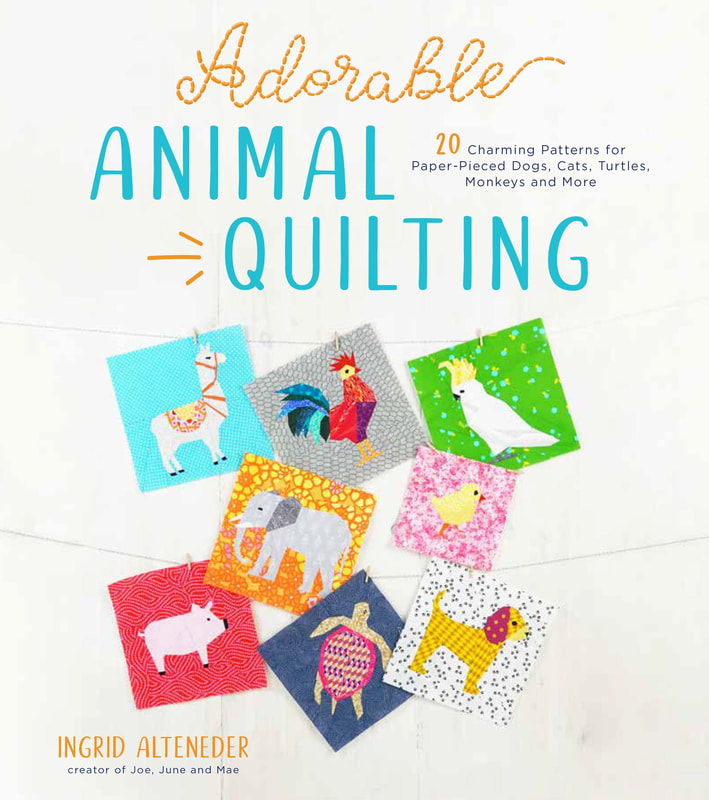
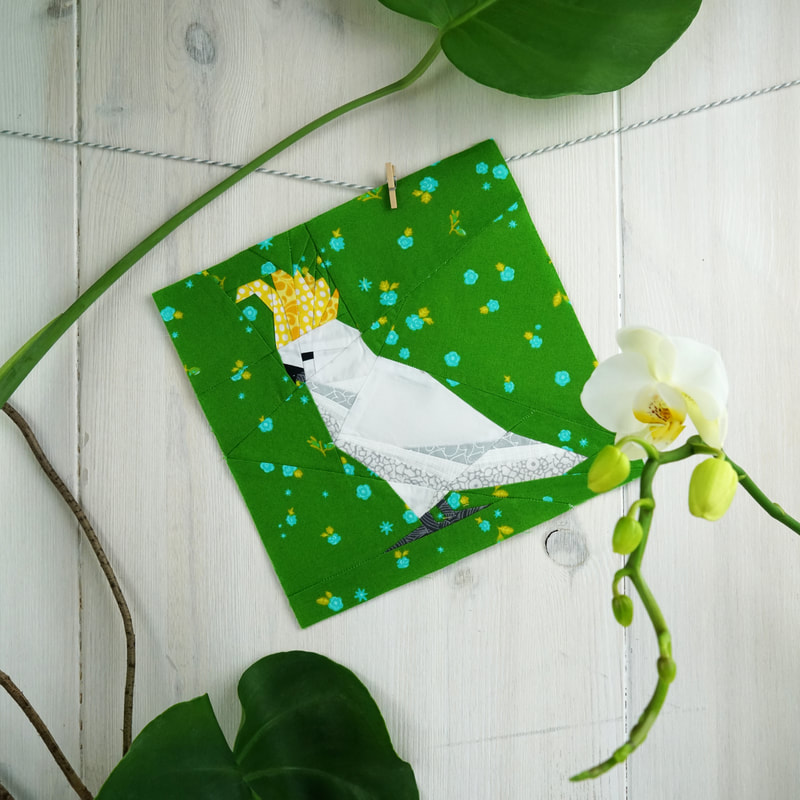
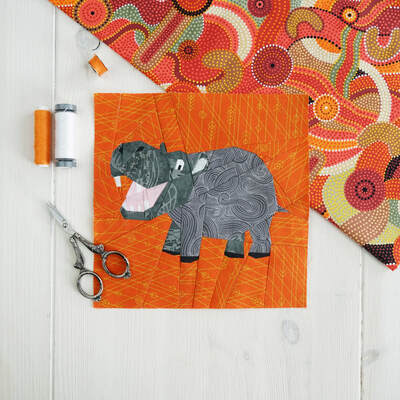



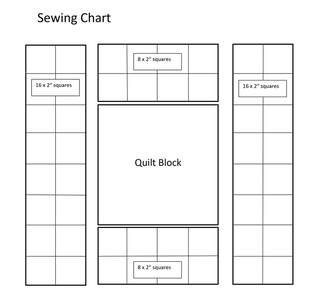






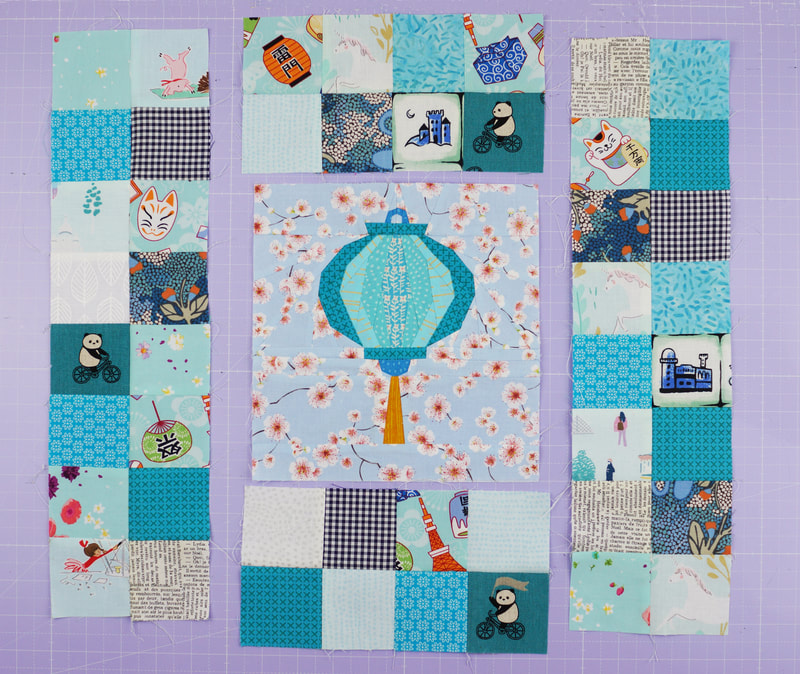




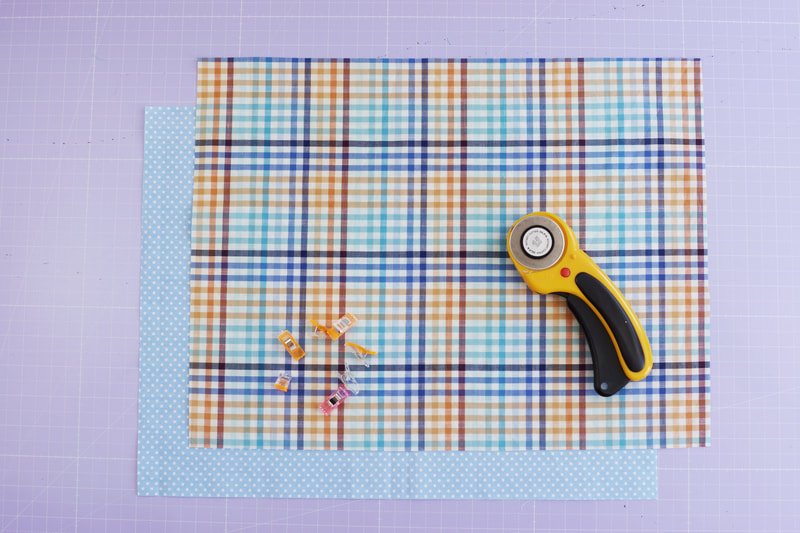


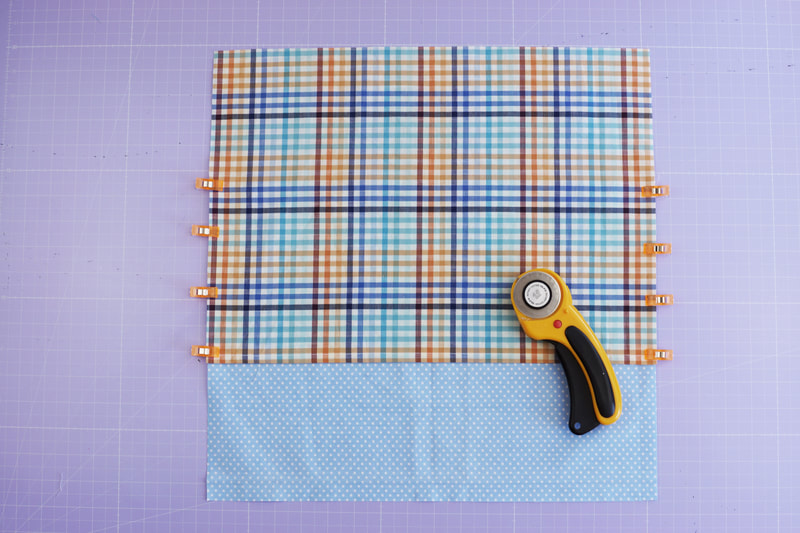







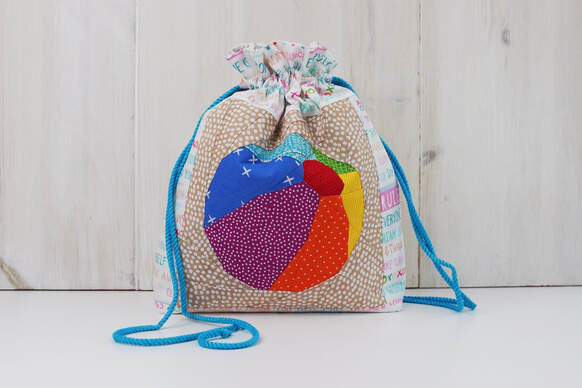

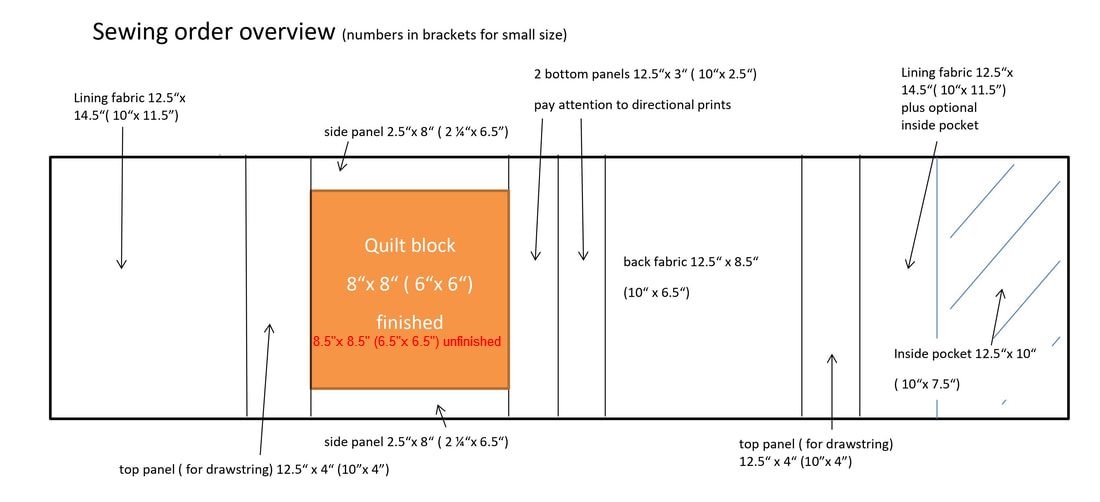














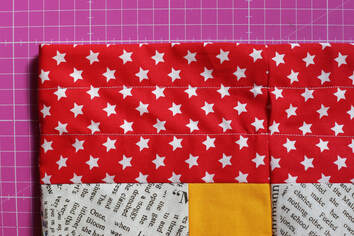







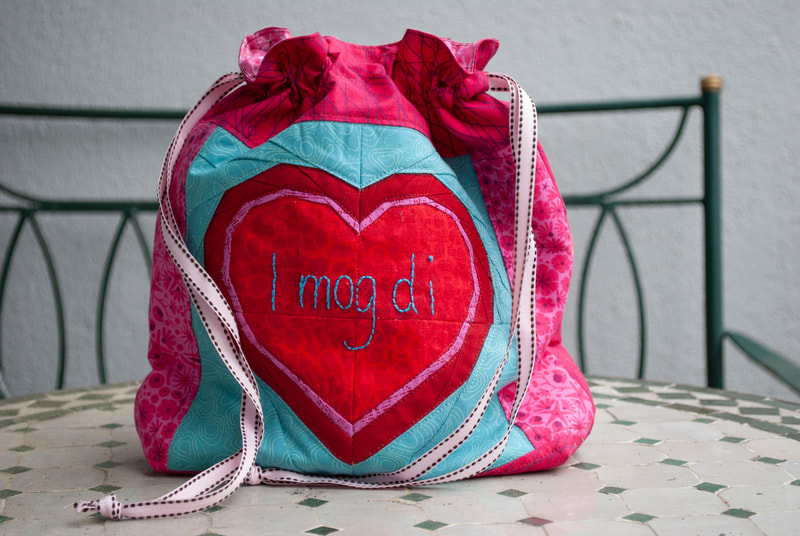





 RSS Feed
RSS Feed
